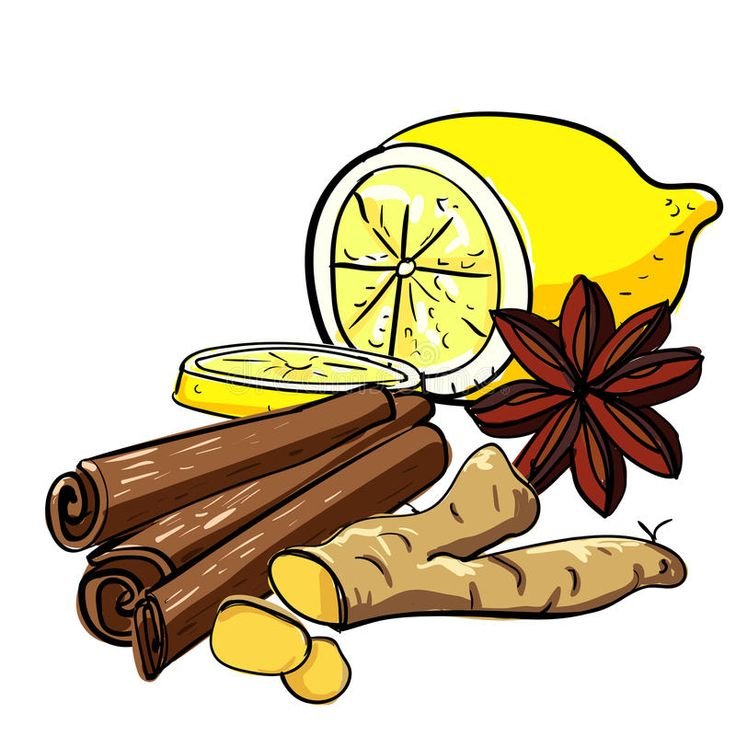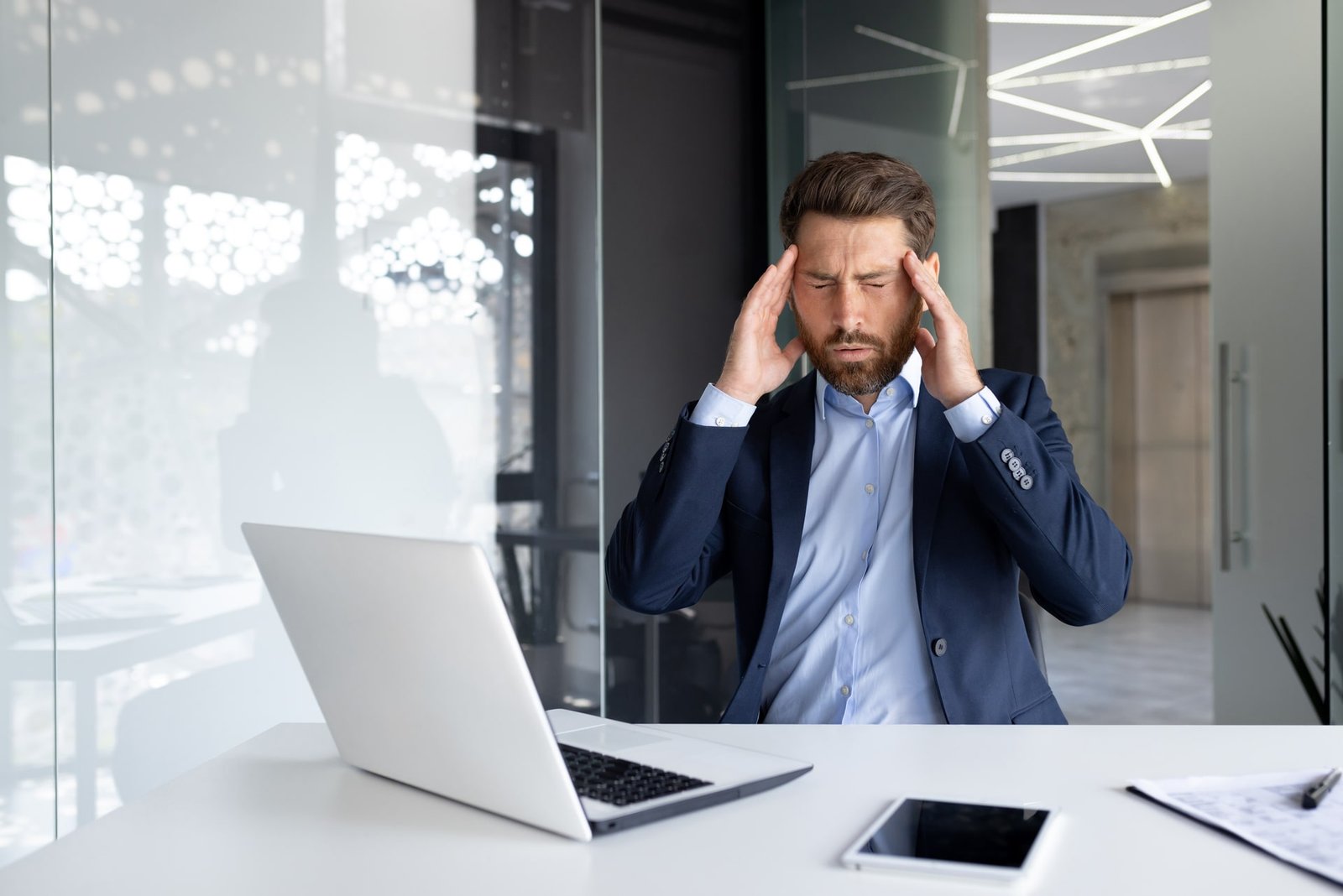Cupping therapy, an ancient practice rooted in traditional medicine, has gained popularity for its numerous health benefits, including pain relief, improved circulation, and stress reduction. While the therapy itself can be highly effective, proper aftercare is crucial to maximize its benefits and ensure a smooth recovery. Without appropriate aftercare, you may experience discomfort, prolonged cupping marks, or even potential skin irritation.

After a cupping session, your skin and underlying tissues undergo various changes, such as increased blood flow and temporary bruising. This makes aftercare an essential component of the healing process. By following the right aftercare practices, you can enhance the therapeutic effects of cupping and prevent unwanted side effects.
In this article, we’ll provide comprehensive aftercare tips and precautions to help you take care of your body post-cupping. From skin care to lifestyle adjustments, these guidelines will support your recovery and enhance your overall well-being.
Read Also:
- Cupping for Stress Relief: Balancing Mind and Body
- Cupping for Muscle Pain: Benefits for Athletes & Fitness
- History of Cupping Therapy: Ancient Wisdom for Modern Healing
- Cupping Therapy Aftercare: Tips and Precautions for Optimal Recovery
- Different Types of Cupping: Wet vs. Dry Cupping Explained
Understanding Cupping Marks and Their Healing Process
What Are Cupping Marks?
Cupping marks are the most recognizable result of cupping therapy. These circular discolorations on the skin are not bruises but rather indications of blood being drawn to the surface, facilitating the removal of toxins and promoting healing. The color and intensity of the marks vary based on several factors, including the level of stagnation in the area, the strength of the suction, and the individual’s skin type.
- Color Variations: Cupping marks can range from light pink to deep purple. Darker marks often indicate more stagnation in the area and may take longer to fade. Lighter marks suggest less stagnation and typically heal faster.
- Duration: Cupping marks usually last anywhere from a few days to two weeks. The body’s natural healing process will gradually fade these marks as circulation improves and toxins are cleared.
Managing and Healing Cupping Marks
Proper aftercare can help manage cupping marks and speed up their healing process:
- Moisturize the Skin: After cupping, the skin may feel dry or sensitive. Applying a natural moisturizer like aloe vera gel, coconut oil, or arnica cream can soothe the skin, reduce inflammation, and support the healing of cupping marks.
- Stay Hydrated: Drinking plenty of water after your cupping session helps flush out toxins and supports your body’s healing process. Hydration aids in the reduction of cupping marks and promotes faster recovery.
Immediate Aftercare Tips
Keep the Area Warm
After a cupping session, the skin and muscles are more sensitive to temperature changes. It’s important to keep the cupping areas warm to enhance blood flow and aid in the healing process.
- Avoid Cold Exposure: For the first 24 hours after cupping, avoid exposing the treated areas to cold temperatures, including cold showers, swimming, or air-conditioned environments. Cold can constrict blood vessels, reducing circulation and hindering the healing process.
- Wear Loose, Warm Clothing: Choose loose-fitting, warm clothing to protect the cupped areas and prevent irritation. Tight clothing can cause friction on the skin, prolonging the healing of cupping marks.
Rest and Relax
Cupping therapy can have a powerful effect on the body, often leaving you feeling relaxed but also potentially fatigued. Allow your body time to rest and recover.
- Avoid Strenuous Activities: For 24-48 hours post-cupping, refrain from intense physical activities such as heavy workouts, running, or weightlifting. Engaging in strenuous exercise too soon can strain the treated muscles and affect the healing process.
- Take It Easy: Use this time to relax and engage in gentle activities like stretching, yoga, or meditation. This rest period allows your body to integrate the therapeutic effects of cupping.
Long-Term Aftercare and Precautions
Caring for Your Skin
Your skin may feel sensitive or appear slightly swollen after cupping therapy. Long-term aftercare involves taking steps to support skin health and prevent irritation.
- Avoid Direct Sunlight: Cupping can make the skin more sensitive to UV rays. For at least 48 hours after treatment, avoid direct sun exposure to the cupped areas to prevent irritation and hyperpigmentation. If you must be outdoors, cover the treated areas with clothing or apply a gentle, natural sunscreen.
- Gentle Cleansing: Cleanse the cupped areas with lukewarm water and a mild, fragrance-free cleanser. Avoid using harsh soaps or scrubs that can irritate the skin and delay healing.
Diet and Hydration
Your diet can significantly impact your body’s ability to heal and recover after cupping therapy. Focus on nourishing your body with hydration and nutrient-rich foods.
- Stay Hydrated: Drink plenty of water to support your body’s detoxification process. Hydration helps flush out toxins released during cupping and promotes cellular repair.
- Eat Anti-Inflammatory Foods: Incorporate anti-inflammatory foods such as leafy greens, berries, turmeric, and ginger into your diet. These foods can help reduce inflammation, enhance healing, and support overall wellness.
Enhancing the Benefits of Cupping
Complementary Therapies
To enhance the benefits of cupping therapy and support your body’s recovery, consider integrating complementary therapies into your wellness routine.
- Massage Therapy: A gentle massage a few days after cupping can help release any remaining tension in the muscles, promote circulation, and support the body’s healing process. Be sure to inform your massage therapist about your recent cupping session.
- Acupuncture: Acupuncture can be used in conjunction with cupping to further balance the body’s energy, alleviate pain, and promote relaxation. Consult with a licensed acupuncturist to create a treatment plan tailored to your needs.
Regular Maintenance and Self-Care
For those who use cupping therapy regularly, maintaining a self-care routine can help maximize its benefits and prevent potential side effects.
- Space Out Cupping Sessions: To avoid over-treatment, space out your cupping sessions based on your body’s response and your therapist’s recommendations. Overusing cupping therapy can lead to skin irritation or diminished effectiveness.
- Listen to Your Body: Pay attention to how your body feels after each cupping session. If you experience unusual discomfort, prolonged marks, or skin irritation, consult with your therapist for guidance on adjusting your aftercare routine.
Potential Side Effects and When to Seek Help
Common Side Effects
While cupping therapy is generally safe, some individuals may experience mild side effects. These are typically temporary and can be managed with proper aftercare.
- Mild Discomfort: Some individuals may experience mild soreness or discomfort in the treated areas, similar to the feeling of a deep tissue massage. This usually resolves within a few days.
- Skin Sensitivity: The suction from the cups may cause temporary skin sensitivity or minor bruising, especially for those with delicate skin. This sensitivity should subside as the skin heals.
When to Seek Medical Advice
In rare cases, individuals may experience adverse reactions to cupping therapy. It’s important to recognize when to seek medical advice:
- Severe Pain or Swelling: If you experience severe pain, swelling, or signs of infection such as redness, warmth, or pus at the cupping sites, seek medical attention promptly.
- Prolonged Marks: If cupping marks do not fade within two weeks or if you notice any unusual changes in the skin, consult with a healthcare professional for further evaluation.
Conclusion
Cupping therapy aftercare plays a vital role in ensuring a smooth recovery and maximizing the benefits of this ancient practice. By following the right aftercare tips—such as keeping the treated areas warm, staying hydrated, and taking it easy—you can support your body’s healing process and prevent potential side effects. Incorporating complementary therapies and maintaining a self-care routine can further enhance the therapeutic effects of cupping and contribute to your overall well-being.
Always listen to your body and consult with your cupping therapist if you have any concerns or questions about aftercare. With the proper care and precautions, cupping therapy can be a valuable part of your holistic health journey.
















